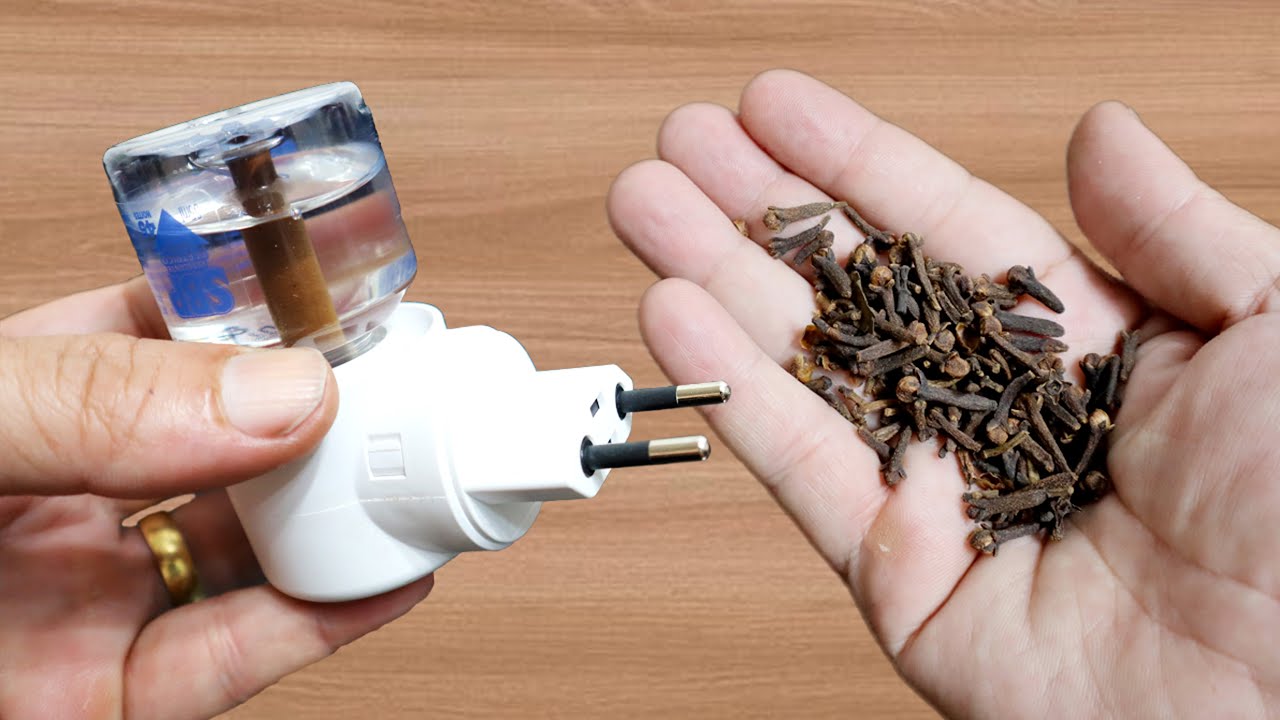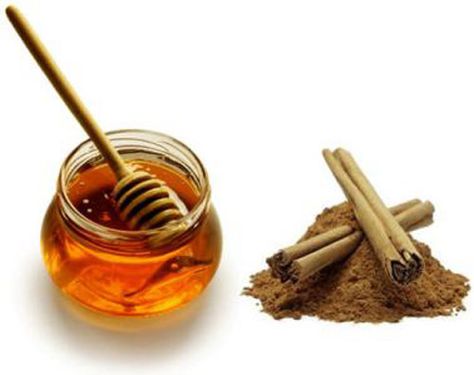
Yarrow (Achillea millefolium) is a remarkable plant that has been used for centuries in traditional medicine. Known for its delicate, feathery leaves and clusters of small white or pink flowers, yarrow blooms all summer long and offers a range of health benefits. This versatile plant can be a valuable addition to your natural first aid kit, providing powerful support for various ailments. Here’s why yarrow is a must-have for both first and last aid and how to use it effectively.
Health Benefits of Yarrow
1. Stops Bleeding
One of the most well-known uses of yarrow is its ability to stop bleeding. The plant contains astringent compounds that help contract tissues and seal wounds, making it an excellent natural remedy for cuts and abrasions.
How It Works:
-
Apply fresh yarrow leaves directly to the wound, or use a poultice made from dried yarrow to help stop bleeding and promote healing.
2. Reduces Inflammation
Yarrow has anti-inflammatory properties that can help reduce swelling and pain. It’s particularly useful for treating minor injuries, insect bites, and skin irritations.
How It Works:
-
Crush fresh yarrow leaves and apply them to the affected area to reduce inflammation and soothe the skin.
3. Relieves Digestive Issues
Yarrow tea is a gentle yet effective remedy for digestive problems such as indigestion, bloating, and gas. The plant’s bitter compounds stimulate the production of digestive enzymes and bile, aiding in digestion.
How It Works:
-
Brew a cup of yarrow tea by steeping 1-2 teaspoons of dried yarrow in hot water for 10 minutes. Drink this tea before meals to improve digestion.
4. Fights Infections
Yarrow’s antimicrobial properties make it useful for preventing and treating infections. It can be applied to wounds to prevent infection or taken as a tea to support the immune system.
How It Works:
-
Use yarrow poultices on wounds or drink yarrow tea regularly to boost your immune system and fight off infections.
How to Use Yarrow
1. Yarrow Tea:
-
Steep 1-2 teaspoons of dried yarrow in a cup of hot water for 10 minutes. Strain and drink to relieve digestive issues or support immune health.
2. Yarrow Poultice:
-
Crush fresh yarrow leaves and apply them directly to wounds, insect bites, or inflamed areas. Secure with a bandage if needed.
3. Yarrow Infusion:
-
Create a yarrow infusion by steeping a handful of fresh or dried yarrow leaves in boiling water for 15 minutes. Use this infusion as a rinse for wounds or a soothing wash for irritated skin.
Tips for Best Results
-
Harvesting: Harvest yarrow in the morning after the dew has dried. Choose healthy, vibrant plants, and avoid those near roadsides or areas exposed to pesticides.
-
Drying: If using dried yarrow, dry the leaves and flowers in a warm, dark place with good air circulation. Store in an airtight container.
-
Consult Your Doctor: If you have any underlying health conditions or are pregnant, consult your healthcare provider before using yarrow.
Conclusion
Yarrow is a powerful plant that blooms all summer long, offering a wealth of health benefits for first and last aid. From stopping bleeding and reducing inflammation to relieving digestive issues and fighting infections, yarrow is a versatile and essential addition to your natural remedy toolkit. Embrace the healing power of yarrow and enjoy its numerous benefits throughout the year.
Here’s to your health and well-being with the help of yarrow!




